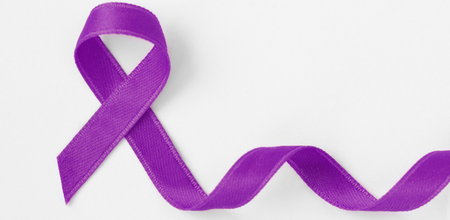Is there a bias against individuals with violence-related injuries?
Categories: Violence-Related Traumatic Brain Injury
What are the characteristics of individuals with violence-related traumatic brain injuries in the urgent care setting? Does the cause of injury, violence or nonviolence-related, affect where the individuals are discharged to after receiving their initial medical care?
Past Studies
Past Studies show that violence-related injuries account for 18% of all traumatic brain injuries. In a 1998 research study by the Traumatic Brain Injury Model Systems, violence was the cause of 29% of all inpatient rehabilitation admissions for traumatic brain injury. Individuals with violence-related injuries were more likely to be male, unmarried, African American, and unemployed. They also tended to spend less time in inpatient rehabilitation and have Medicaid as their primary payment source. Previous studies about violence-related traumatic brain injuries are primarily limited to individuals that were admitted to inpatient rehabilitation. Information is lacking about the factors that determine if individuals with violence-related injuries are admitted to inpatient rehabilitation.
This Study
This study focused on 1,807 individuals with traumatic brain injury that were treated at Harborview Medical Center, a trauma center in Washington. The researchers collected data about the participants’ characteristics, medical conditions, payment sources, and discharge destinations. The researchers statistically analyzed the results.
The researchers found that 15.8% of the participants had violence-related traumatic brain injuries. The individuals with violence-related injuries were more likely to be males from diverse racial groups. They were more likely to have blood-alcohol levels above the legal limit at the time of injury. They were also more likely to have more severe brain injuries and fewer injuries to other parts of their bodies.
The individuals with violence-related injuries were more likely to have Medicaid. They had equal access to inpatient rehabilitation compared to the individuals with nonviolence-related injuries. However, the individuals with violence-related injuries were more likely to be sent home rather than to inpatient rehabilitation. They also had shorter hospitalizations and were more likely to be sent to inpatient rehabilitation than to a skilled nursing facility compared to individuals with nonviolence-related injuries.
Who May Be Affected By These Findings
Individuals with brain injuries, caregivers, healthcare providers, researchers.
Caveats
In this study, individuals with violence-related brain injuries had fewer bodily injuries compared to those injured otherwise. The researchers question if these individuals did not qualify for full inpatient services because they primarily had cognitive (thought processing) difficulties and not physical problems that required therapy. Thus, the researchers wonder if the reason for discharge to home rather than to inpatient rehabilitation may be related to the type of deficit and services needed rather than to the cause of the injury.
Bottom Line
In this study, individuals with violence-related traumatic brain injuries were more likely to be males from diverse racial groups with severe brain injuries. There did not appear to be a bias in the decision to admit individuals to inpatient rehabilitation based on the cause of their injury (violence or nonviolence).
Please take a moment to comment on the value of this abstract:
Click here to take a brief survey
Find This Study
Esselman, P. C., Kikmen, S. S., Bell, K., & Temkin, N. R. (2004). Access to inpatient rehabilitation after violence-related traumatic brain injury. Archives of Physical Medicine Rehabilitation, 85, 1445-1449.






